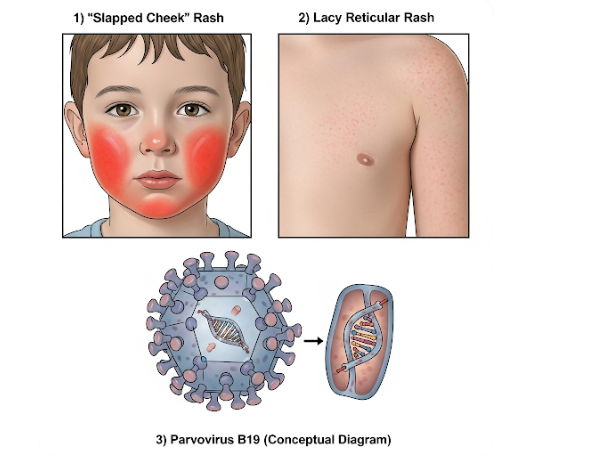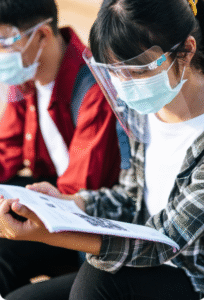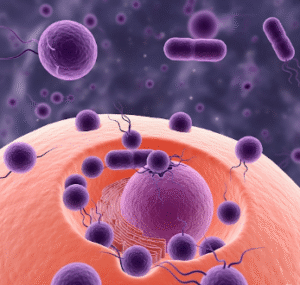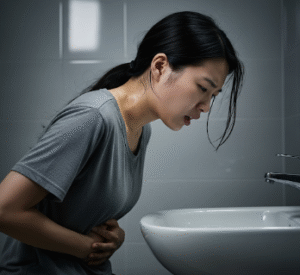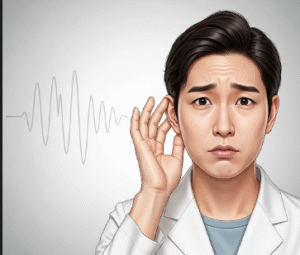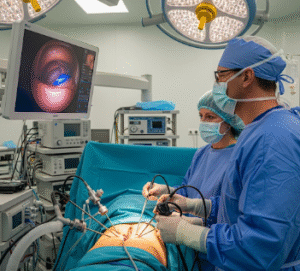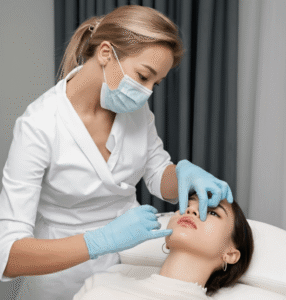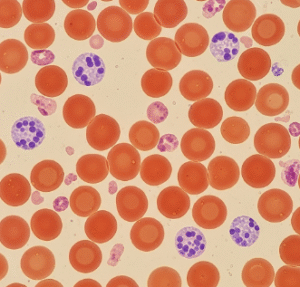Overview
Fifth disease, also known as erythema infectiosum, is a common viral infection in children caused by parvovirus B19. It is sometimes called the “slapped cheek disease” because of the bright red rash that appears on the face. While it mainly affects children aged 5–15, adults can also be infected and may experience more severe joint-related symptoms.
In Korea, fifth disease is well-recognized in pediatric care, especially during spring and early summer when outbreaks are more common. Most cases are mild and self-limiting, but hospitals in Korea provide supportive care, proper monitoring, and guidance for parents. Pregnant women, people with weakened immune systems, and patients with blood disorders are considered high-risk groups.
What is Fifth Disease?
Fifth disease is one of the six common childhood rash illnesses (others include measles, scarlet fever, rubella, roseola, and chickenpox). It gets its name as the “fifth” in this historical classification.
The illness usually starts with flu-like symptoms followed by a characteristic rash. In children, the disease is generally mild, but in adults, it can lead to joint pain or swelling that mimics arthritis.
Symptoms
Typical symptoms develop in stages:
- Early symptoms (flu-like):
- Fever
- Headache
- Sore throat
- Fatigue
- Runny nose
- Facial rash (“slapped cheek” appearance):
- Bright red rash on cheeks, spreading to arms, legs, and trunk
- Rash may itch, especially on the body
- Rash can reappear for weeks if triggered by heat, stress, or sunlight
- Other symptoms (more common in adults):
- Joint pain and swelling (hands, wrists, knees, ankles)
- Mild anemia in those with blood disorders
Causes
- Parvovirus B19 infection (spread by respiratory droplets, coughing, sneezing, or contact with contaminated surfaces)
- Can also spread from a pregnant woman to her unborn baby
Risk Factors
- Children (especially school-age)
- Pregnant women (risk of fetal complications such as anemia or miscarriage)
- People with weakened immune systems (e.g., HIV, organ transplant patients)
- Patients with blood disorders (e.g., sickle cell disease, thalassemia)
Complications
While usually mild, complications may include:
- Severe anemia in people with blood disorders
- Joint inflammation in adults
- Pregnancy-related risks: fetal anemia, hydrops fetalis, miscarriage (rare)
- Chronic infection in immunocompromised individuals
Prevention
There is no vaccine for fifth disease. Prevention focuses on limiting exposure:
- Good hand hygiene (washing hands frequently)
- Covering mouth and nose when coughing or sneezing
- Avoiding close contact with infected individuals
- Pregnant women should avoid exposure during outbreaks
Treatment Options in Korea
Diagnosis
- Clinical examination – facial rash and history of symptoms
- Blood tests – to detect parvovirus B19 antibodies (especially for pregnant women or high-risk patients)
Medical Treatments
- There is no specific antiviral treatment; care is supportive:
- Fever reducers (acetaminophen, ibuprofen)
- Antihistamines for itching
- Fluids and rest
- Blood transfusions may be required for severe anemia in patients with underlying conditions
Therapies in Korea
- Pediatric hospitals and clinics provide close monitoring for children
- Obstetric monitoring for pregnant women (ultrasound scans for fetal health)
- Immunology and hematology care for patients with weakened immune systems or blood disorders
Rehabilitation & Support
- Joint pain management in adults (physical therapy, pain relief medications)
- Parental counseling for reassurance and infection control at home
- Follow-up care for high-risk pregnancies

